Avoiding tropes of race relations films, director Jermaine Manigault revives the conversation by reconsidering what it means to not be ‘Black enough’ in Black America.
“Do all Black lives matter or just the ones who wear Jordans?” Oreo, played by Patrick Decile, asks J.P., played by Corey Knight, in Jermaine Manigault’s latest short film “Not Black Enough.” The film is set in New York City and aims to be emblematic of Black America. J.P, a young Black man with a 360 waves hairstyle, wearing Air Jordans alongside his crew, laughs in disbelief. Oreo, a young Black man with dreadlocks, a nose ring and Converse sneakers, reinforces his question with a dead stare towards J.P., who finally responds, “Why the fuck you care, you ain’t Black.”
This conversation happens towards the end of Manigualt’s short film. The two sides of this conversation showcases the complexity of defining modern Black masculinity. J.P. continues to mock Oreo, calling him a modern-day Uncle Tom for emulating a ‘white’ voice, listening to rock music and donning Hot Topic t-shirts. In response, Oreo critizes J.P. for wearing European brands while “still wearing chains,” most likely a reference to slavery. The conversation is halted by the appearance of two white police officers who callously grip their pistols at the sight of two Black men arguing.
Manigault’s last image of J.P., Oreo and their respective crews are of the characters wearing black-and-white human target practice jumpsuits, visually signifying the police training practice of having officers shoot into black bodies with white outlines. The two police officers say nothing to the characters and instead subject their bodies to their control. “Not Black Enough” does not end with a police-related shooting or a resolution between Oreo and J.P. Instead, the last frame of Manigault’s film reintroduces an earlier image of a man in blackface smiling towards viewers.
The appearance of the minstrel (seen in the mainframe) tackles legacies of anti-blackness, from his assertion of Black identity being linked to watermelon, hip-hop, basketball and football, fried chicken, crack and a noose. It’s a history that’s founded by white supremacy, which through the minstrel’s gaze, amounts as shallow imitations of Black spirit. Manigault’s film — written and produced before 2020 — is set in the backdrop of United States politicians’ broken promises of police reform, most recently from President Joe Biden, and New York City Mayor Eric Adams’s plan to deploy plain-clothed officers to specific neighborhoods. Black residents of New York City have also recently been subject to landlord negligence from Rick Gropper, a member of Adams’s transitional team, resulting in the death of 17 Gambian residents. In addition, continual on-duty police violence still takes the lives of Black men and women.
Queer, disabled, brown, Asian and Black bodies, in a perfect world, should be loved, celebrated and valued. But it’s not a perfect world. It’s a world where Black bodies are subjected to living in constant terror by those who are supposed to protect and serve their communities. It’s a country where the colors red, white and blue are still drowned in remnants of its former self. “Not Black Enough” is the skeletal reflection of America. And whether you like it or not, it’s not going away.
In late February, I interviewed Manigault over the phone. We spoke about the creation of the short film, Paul Mooney’s involvement with production before his death and insights into creating the “human target bodysuits.”
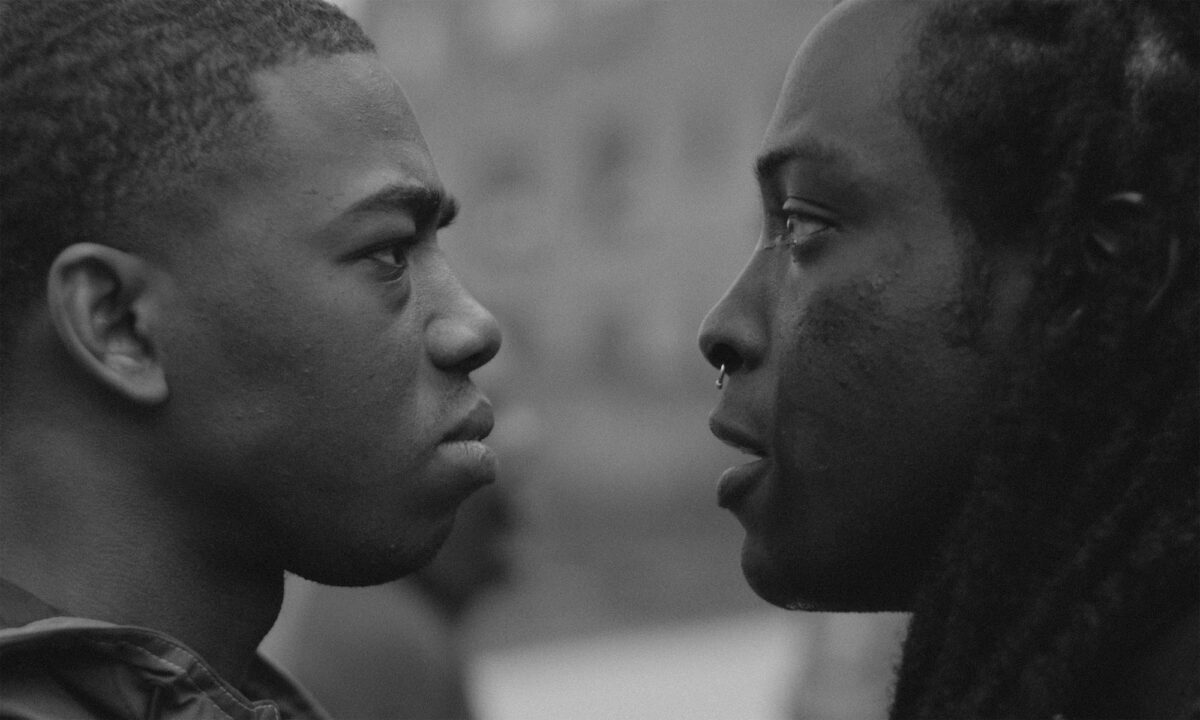
This conversation has been edited for brevity.
Gillani Peets: How did you get into cinema? Was that always your passion?
Jermaine Manigault: No, it wasn’t always my passion [laughs]. I got into cinema in the early 2000s after taking a writing course [at Berkeley College]. There were three parts to the course: There was poetry, short story and screenplay writing. And this professor, in a very polite way, in a rudimentary way, told me to read the entire script of “Trainspotting” while watching the movie. And that just completely changed my life, and it’s been on ever since.
GP: How did you get into the subject of this screenplay? I know you went to your ancestral museum [Joseph Manigault House at The Charleston Museum, a plantation where Manigault’s direct ancestors were owned, lived and died as slaves].
JM: Yeah, I think it’s more so a reverse thing where I didn’t really get into it. It’s always been within me, and I decided to uncover those stones. I’ve always known about the existence of a museum but it was made to me a little later than on my comfort zone that museum meant slave plantation. And the moment where I found out the exact definitions of what it meant to have a family museum in our name, I immediately dropped everything and I went down to South Carolina. That’s where I wrote the script.
GP: Did you stay in the museum to write the script?
JM: I stayed on the land of the museum. It’s crazy all the plantations and they were open land, even the ones that weren’t open land they have the porch and sitting area that you can be at physically if you paid to have a ticket, they weren’t necessarily kicking anyone out. I just sat on that land and started to dress up all the story beats and everything in the dialogue and the characters, it all just came to life right there.
GP: Did the owners know that it was you and your family’s lineage?
JM: That’s a complicated question. No, I did not make my presence known, it’s really funny. So there’s a pretty nosy group of people, they’re polite, but being polite makes them nosy because every single [place] where I went I kind of got ‘you don’t look like you’re from around here.’ So, I was very adamant to not let my presence be known on the Joseph Manigault Museum because I didn’t want that heat. I didn’t want that to annoy the visceral experience I was having, but it happened at the other property [the Heyward-Washington House, also part of The Charleston Museum]. I told a woman at that house and she was a little taken aback by it and we had an exchange but that’s it a personal thing. [laughs]
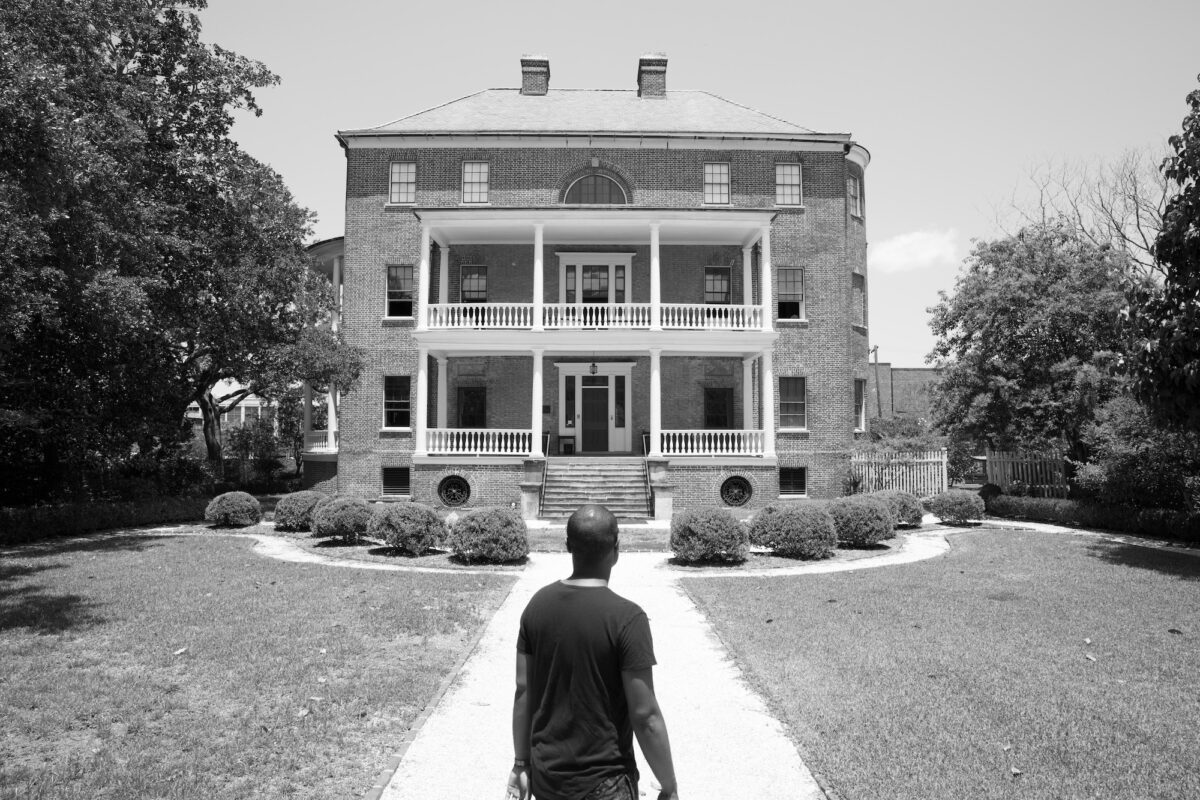
GP: One image in the movie which struck me was in the opening scene where audiences witness modern minstrelsy, as the minstrel asserts his perception and power over Oreo by pulling out a bag full of symbols linked in the media to African Americans. What made you place this scene in the beginning, before Oreo even speaks?
JM: I think in order to tackle blackness in a film, you absolutely have the standard for it, because that’s not something that African Americans created.
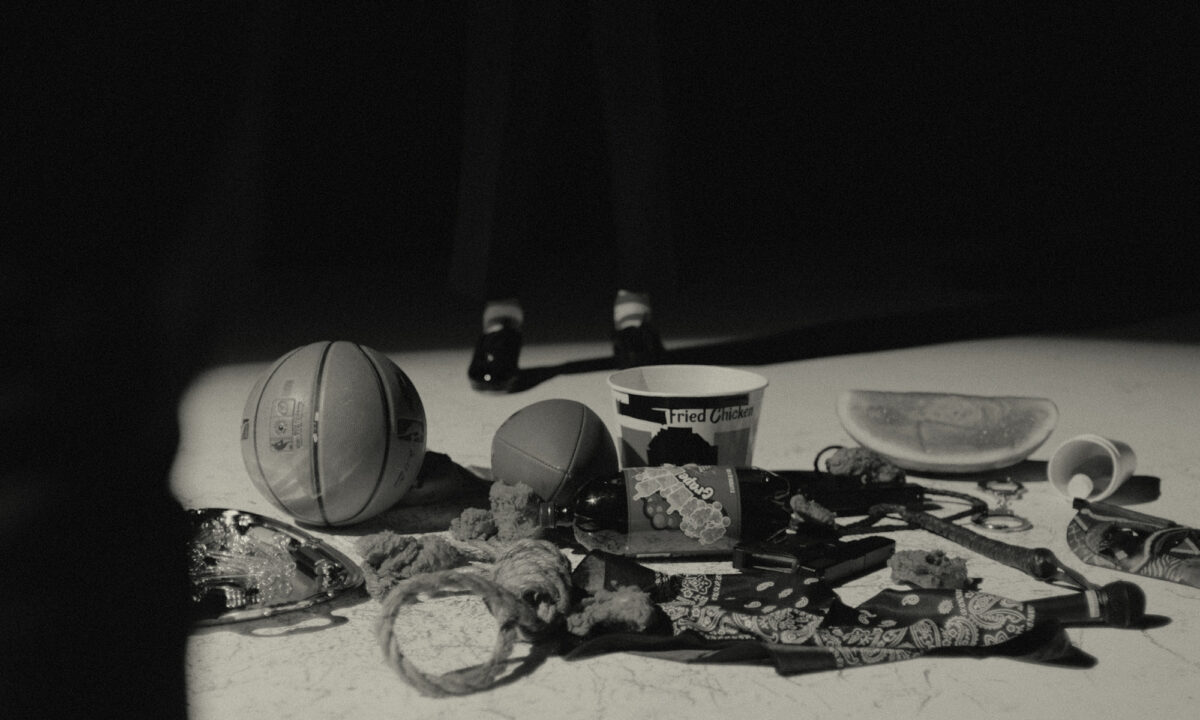
GP: After this, the tension picks up with a series of dream sequences for Oreo. Then he is taunted for wearing a t-shirt saying ‘blue’ while others wear a t-shirt saying ‘red’. Was this a reflection from what you saw in your neighborhood in Queens?
JM: No, that was pure, visceral internalization. I wanted to make sure that the audience, no matter who they were, no matter where they came from, that they understood this person’s experience before he opened his mouth.
GP: The line that really caught my attention was: ‘Do all Black lives matter or just the ones wearing Jordans?’
JM: [laughs] Yeah, that was a line that got flagged by almost every single person who read the script before it got made.
GP: [laughs] Wait, did Paul Mooney read and like the line?
JM: He loved it. He loved the film. He saw the film when it was made. Rest in peace. It was an absolute honor to have that collaborative experience with him right as he left this world.
GP: Going back into the film production, when you were creating the film with that line, would you have taken those lines back?
JM: No. I just wanted to make sure because I think it’s important that people understand that the line was a reflection of that type of culture surrounding BLM [Black Lives Matter] at that time [in 2018]. And nowhere near the response BLM got in 2020. But the thing is I have questions about anyone who’s got a megaphone in their hands speaking on behalf of an entire people, an entire diaspora. What is your definition of Blackness? Does it have a political party? Does it have a certain taste of music? Does dress a certain way? Does it look a certain way? Does it have a certain sexuality? Does it have a certain gender? That’s my biggest problem with this internet age is that people say these viral tweets, people do these viral things and I don’t even know them. What I do is for the entirety of the Black diaspora and that comes with layers.
GP: What has been the reaction you have felt from Black audiences of the film?
JM: I think I’m a bit of a mixed bag, as I prefer to be. I would say, African Americans seem to feel visceral about it, it’s either viscerally love or visceral hate. I’m comfortable with that.
GP: I only ask that because there’s examples from African Americans directors, such as someone like Bill Gunn and his 1973 film “Ganja & Hess,” initially received flack for but later be memorialized for.
JM: Yeah, even his legacy, I don’t think it’s done. He’s the one I aggressively got my side eye on the Criterion Collection.
GP: For the last scene, what was the creation process like for those human target outfits? I have never seen something like that done before.
JM: Thanks. Me and Melanie Swaffer [the film’s costume designer] went through a really in-depth process of making what will be called the target suits. They were an interpretation of the entities that police officers practice on at firing squads, because they do just practice on these black figures. So we had gotten these black — they look like green suits, kind of — but they were all black. I think there’s a level of power that goes into someone who polices an area, because unfortunately we know in New York City not everyone who polices certain areas look like the people they’re policing. And that went into when we were actually location scouting and I noticed Pomonok had a precinct within the housing projects, which is crazy to me. And then even the architecture of project housings in New York City looks like these sci-fi prisons, so I wanted to try to internalize those people who wind up in those areas. Melanie created these imprints of targets and then when they walked out in that housing project from the buildings looking down on them, and you see everyone who was there, it was just a moment that we all embellished.
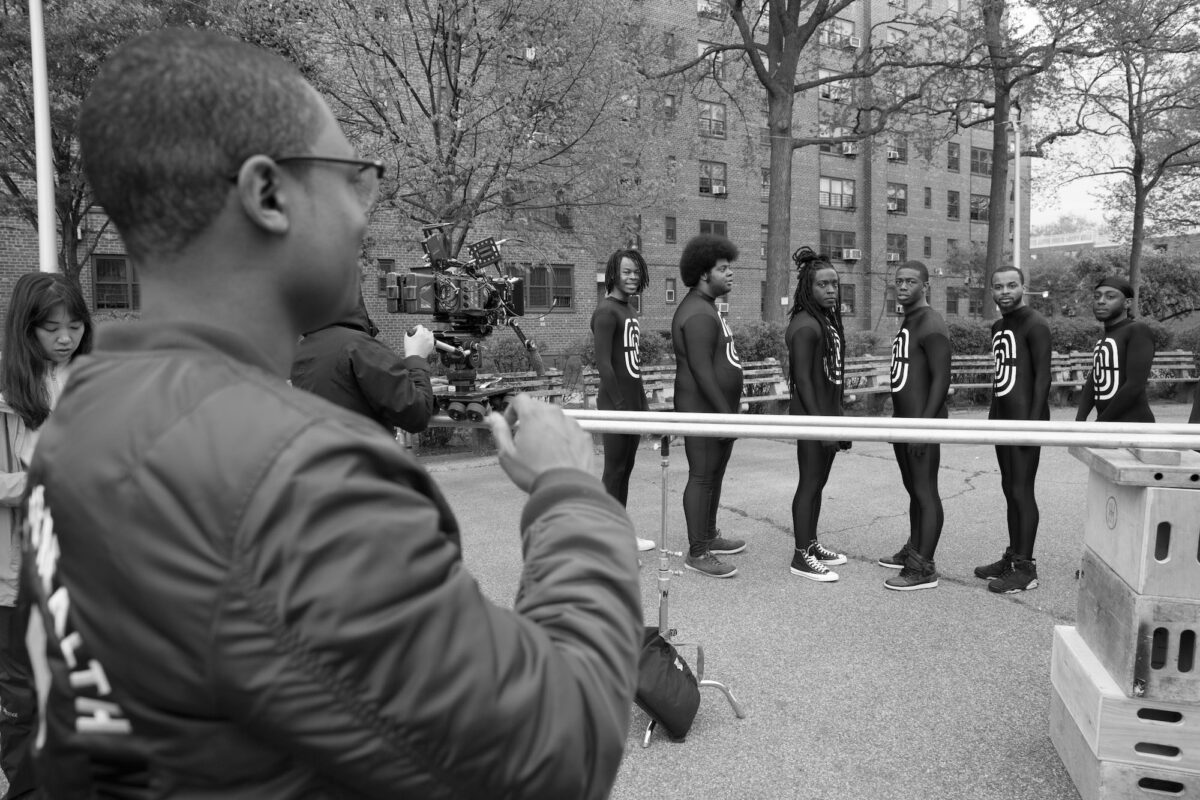
“Not Black Enough” is streaming now on The Criterion Channel.
Correction: A previous version of this article misspelled “Pomonok” as “Paumanok.”
Correction: A previous version of this article incorrectly stated that Pomonok Village is in Long Island. Pomonok Village is in Queens.

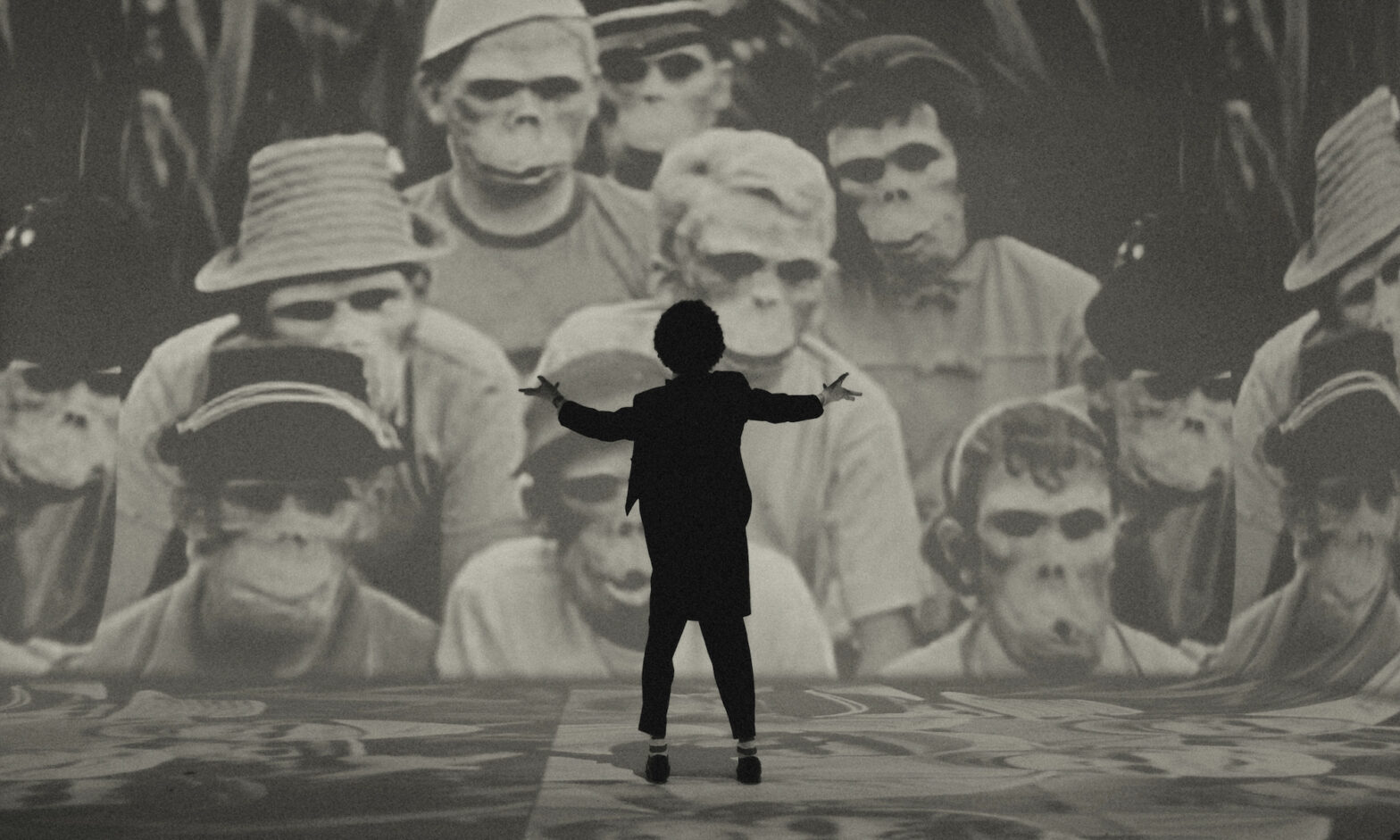






Leave a Reply